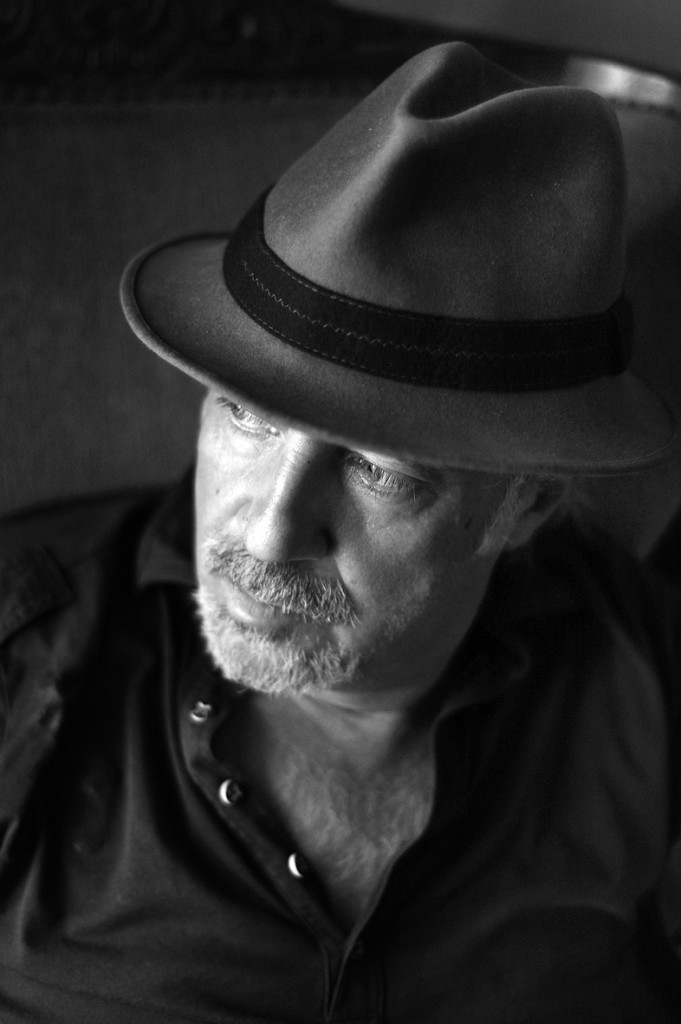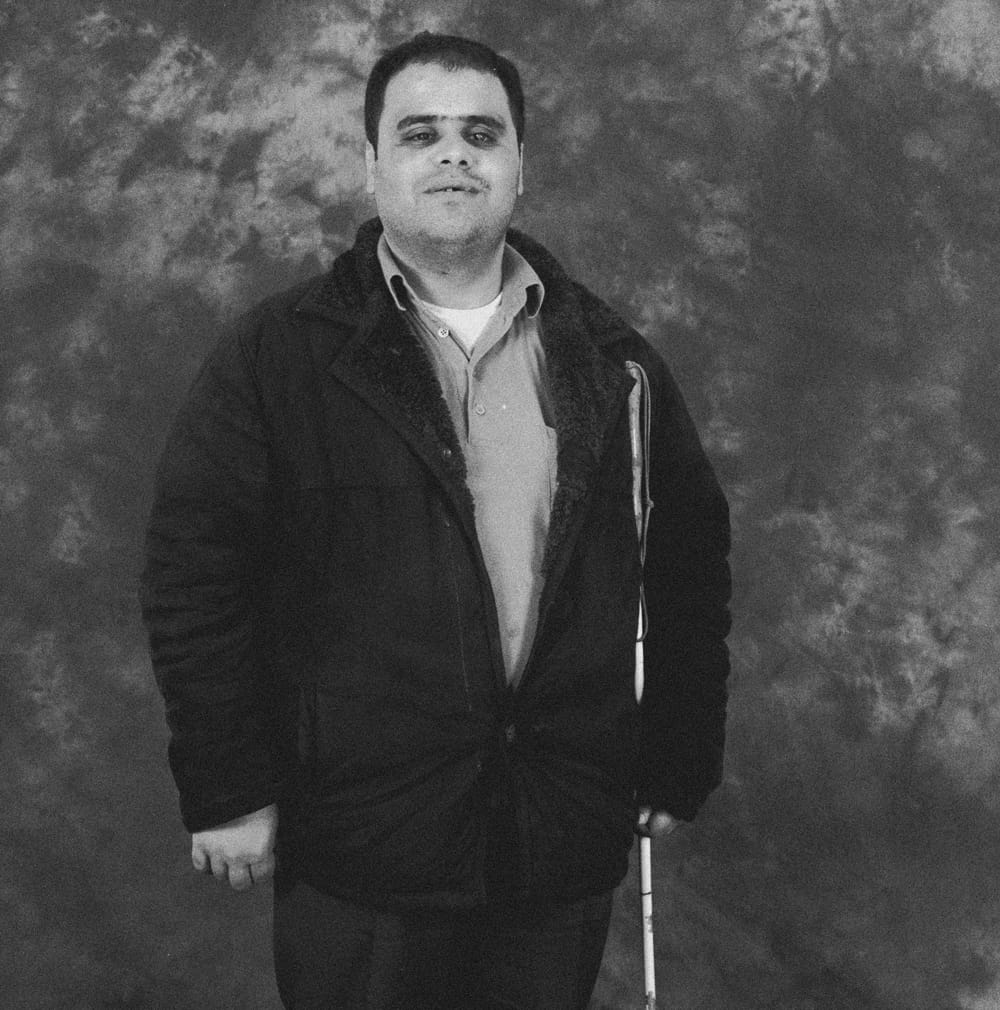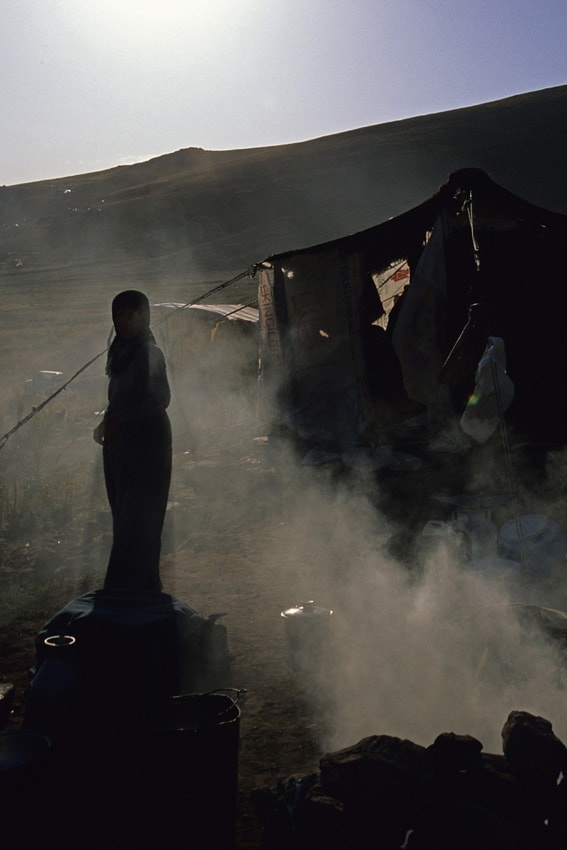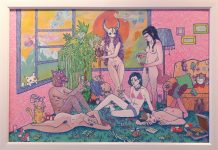
Timurtaş Onan, born in Istanbul in 1956, is one of Turkey’s hardest-working photographers. With exhibitions from London to Tokyo and collaborations with tens of foreign artists, he has seen quite a bit of the world. Still, Istanbul holds a special place in his heart. After a full day of shooting, a late night of documenting the internet censorship riots in Taksim and an early (and long) day of workshops, I meet him, still awake and enthusiastic, in a Cihangir pastane for a conversation about his work and his relation with the city. But first, a bit of history.
Mr. Onan, in 1990 you moved to Antalya. Why was that?
Well, I think everybody in Istanbul has this secret wish to live in the south. It’s a calmer, warmer and greener region, a more relaxed life. I loved Antalya. I did a lot of commercial work for the tourism industry there, producing advertising photographs for luxury hotels. But in the meantime, I also pursued my own, more artistic projects. I made a lot of pictures in Kaleiçi, the old city of Antalya, for example, and I made a series about the nomads around Akseki who move their goat herds to the Taurus Mountains at the beginning of every summer. They still adhere to centuries-old traditions, living in their goat-hair tents, very close to nature. Their culture and the wide open space they live in gave me a wonderful sense of infinity, of a great freedom.
That sounds wonderful indeed. Still, in 2000, you came back to Istanbul. What made you decide to leave Antalya?
There are many reasons. In those ten years I lived there, Antalya changed a lot. There were many so-called “restorations” in Kaleiçi that ruined the atmosphere that I had been so impressed with when I first arrived. The whole place changed into a cliché Mediterranean shadow theatre backdrop. The same happened to the seaside: all the beautiful nature had to make place for concrete pensions and hotels without any authenticity to them. On top of that, Antalya didn’t allow me to share my work. Nobody there seemed to care about art – all that counted was shopping malls and hotels. There was no social life except for eating and shopping. I missed Istanbul’s lively social scene.
Of course, Istanbul had changed as well, and how! All the small suburbs had become new towns of their own; it was crazy – it felt like the city was three, four times as big as when I left it. However, Beyoğlu still felt like home. It was still very nice around here back then; as a free zone for artistic and social life. You could meet interesting people on every corner, and nobody bothered anyone. Now, of course, things are different: here too, everything is being turned into one enormous, anonymous shopping mall. The neighborhood is quickly losing its soul and character. There are still some colorful people around, though, don’t worry. I’m working on a long-term project called “People I Know”, where I take some people from Istiklal to my studio to photograph them in a completely different context: street musicians, the drawing artist, the blind man who sells lighters near Taksim square…

You seem to have a special interest in those characters: the people we all see on a daily basis but have stopped paying attention to. What draws you to them?
I want to show these people as they are, not as we tend to see them. For example, in my series “Outsiders”, I photographed the people who pick up garbage [the men with the huge square canvas bags] around the place where they gather and sort out their pickings. And in my film “Sokak Çocukları” (“Street Children”) I show the dire reality of the young people we so easily dismiss as “tinerciler”, glue sniffers – the places where they sleep, the ways they find food, and the few people who help them, as good or bad as they can. I used a similar approach for my film “What’s happening in Tarlabaşı?”; I wanted to show the real faces of the infamous neighborhood, of the so-called nest of crime.
Apart from your fascination with Beyoğlu, are there any other neighborhoods where you like to shoot pictures?
I really like Fener, Balat, the whole historical peninsula, really. To me, that’s the real Istanbul, the Byzantine area. In Balat, there is still a very real sense of community. Children play in the streets, people sit outside and talk to their neighbors, they help each other – it gives me a warm feeling that is rare these days. And of course, it’s also just very beautiful; the people, the houses, the streets… But I like other places too. Today, for instance, we went shooting in Dolapdere, which is more of a gypsy territory. I’ve been taking pictures of the people there since the eighties, which I still haven’t exhibited. And then, of course, there’s Galata with its wonderful Genoese architecture, even though it’s all very touristy there now.
You also organize photography workshops. What do you focus on in those?
Well, to begin with, they are not beginner courses. Everyone who joins already knows the basics of working with a camera and has already made a lot of pictures. The courses are for people who want to take the next step, to take their pictures to a certain artistic level. So the courses are set up as series of ateliers. In the beginning, we look at each other’s pictures and discuss them in a group. After that, we go over the style of some of my favorite photographers, and we discuss what aspects we can learn from their processes. Then we take to the streets to make pictures, and finally, we head back inside to discuss the pictures they made. In one of the courses, I focus on street photography, on anticipating a shot and getting that gut feeling for the right moment. In another, I focus more on the graphic aspects of lights and shadows. I also plan to start a series about documentary photography.

Sounds like you have a lot on your plate. Do you ever take a break?
Hardly. In fact, I would do a lot more if there was more funding for art in Turkey, but we have to work with the limited means that we have. In general, I take photography very serious as an art form, as a way to express myself, and that takes a lot of time. I sometimes work on a project for years, taking months to select the best pictures, criticizing each and every one of them, and only ever exhibiting the ones I’m absolutely certain about. In contrast, some celebrity photographers these days spend a few weeks or maybe a month on a project and then hash out an exhibition. To me, that’s more about PR, about knowing the right people, than about art. The fact that I’ve managed to steer clear of that world is probably my greatest source of pride: I’m no showman, I just want to make pictures and let them do the talking.
And talk they do. Thank you very much for your time, Mr. Onan.
You’re very welcome.
More info on Timurtaş Onan’s life and work can be found on his website including contact details for those interested in his photography workshops.
Editor’s Note: This post was originally published in February of 2014. It was updated for relevance on December of 2018.









